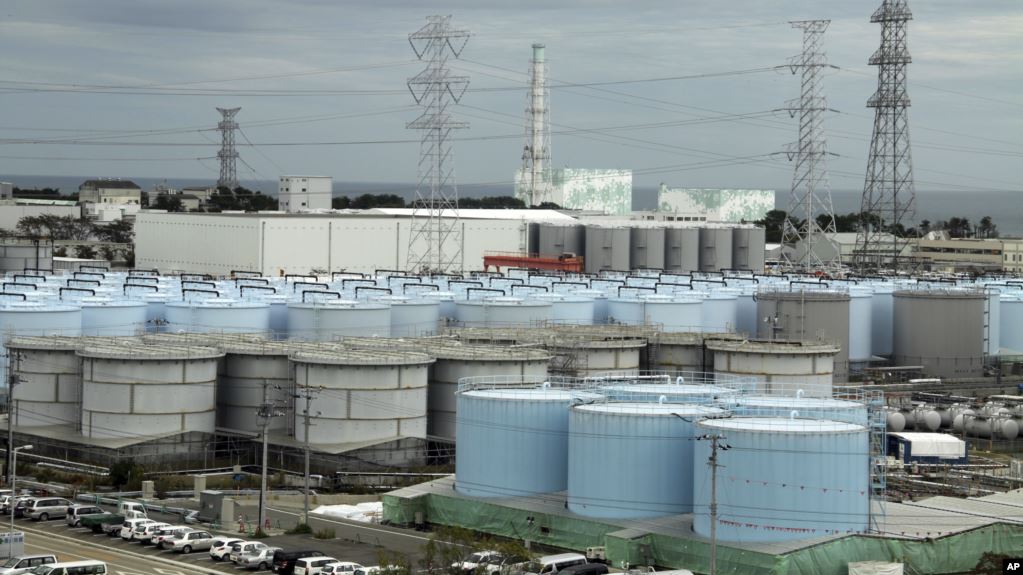Fukushima to Run Out of Water Storage by 2022

Words&Phrase Discussion 음성 파일 원문 링크 프린트
Operators of Japan’s Fukushima nuclear plant have predicted it will run out of storage space for radioactive water in three years.
The Tokyo Electric Company, or TEPCO, recently said the contaminated water will likely fill up all the plant’s available tanks by summer of 2022.
Three reactors at the Fukushima plant suffered meltdowns after a 2011 earthquake and tsunami shut down the plant’s cooling systems. It was the world’s worst nuclear disaster since Chernobyl in 1986. The accident forced 160,000 people to flee contaminated areas near the plant and many never returned.
Since the disaster, radioactive water has leaked from damaged reactors and mixed with groundwater and rainwater at the plant. The water is treated to remove harmful materials and stored in large tanks. But TEPCO has said the treatment process cannot remove all radioactive particles from the water.
Plant officials say more than one million tons of water is currently being stored in nearly 1,000 tanks. TEPCO says it plans to build more tanks to hold additional water. But even then, it predicts it will only be able to accept a total of 1.37 million tons. That would cause Fukushima to run out of space for water in 2022.
A government group studying future storage solutions have identified several possibilities for dealing with the continued supply of contaminated water.
One proposal would involve the controlled release of water into the Pacific Ocean. Some nuclear experts, including members of the International Atomic Energy Agency, have said they believe that plan is the most realistic.
However, fishermen and many people living in the area strongly oppose that proposal. They have said releasing the water into the ocean could cause widespread damage to Fukushima’s fishing and agriculture industries.
Additional methods under consideration include ground injection or converting the radioactive water to steam or hydrogen and releasing it into the atmosphere.
Some nuclear experts have warned that additional long-term storage might be necessary if officials cannot decide on any of the proposals under consideration. But this would require additional land and storage tanks to be built.
TEPCO spokesman Junichi Matsumoto told reporters the organization thinks contaminants produced from Fukushima work should stay within the plant area. He said long-term storage would delay other activities at the plant.
Matsumoto did not name a deadline for deciding what to do with the contaminated water. But he said he hopes to see the government lead public debates on the issue.
I’m Bryan Lynn.
Words & Phrase
- contaminated – adj. something made dirty or poisonous
convert – v. to change the appearance, form, or purpose of something
deadline – n. the time by which something must be done
Words: contaminated, converting, deadline, flee, meltdown
Idioms and Phrases: "strongly oppose"
Discussion
-
- 1. What have operators of Japan's Fukushima nuclear plant just predicted?
2. What happened in Fukushima in 2011?
3. What is being done to solve the contaminated water storage problem in the future?
4. Describe how the controlled release of water would work as a solution?
5. What concerns do the fisherman have of the contolled release of water plan?
6. Are any other solutions being discussed?